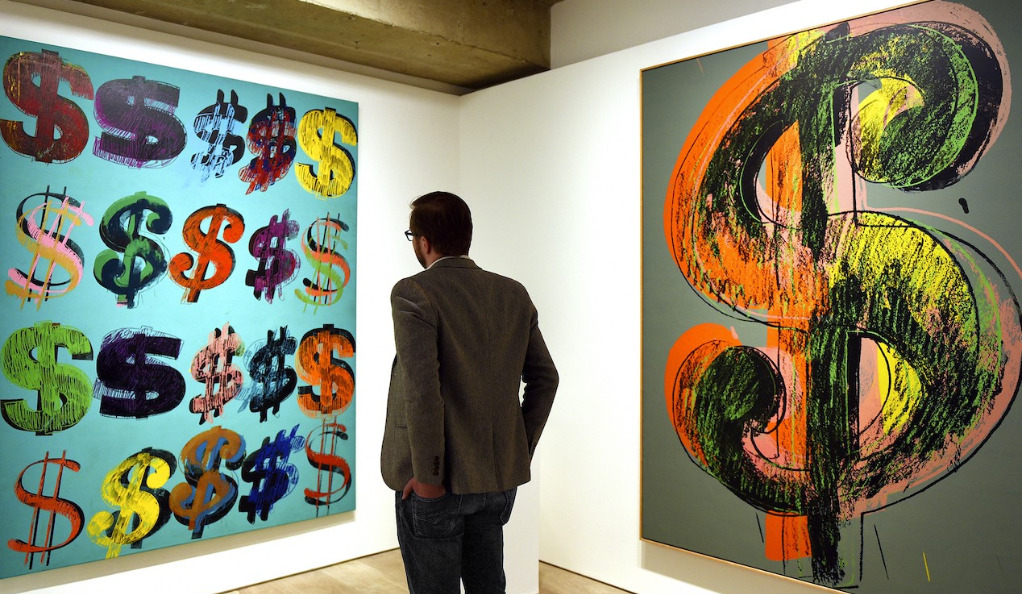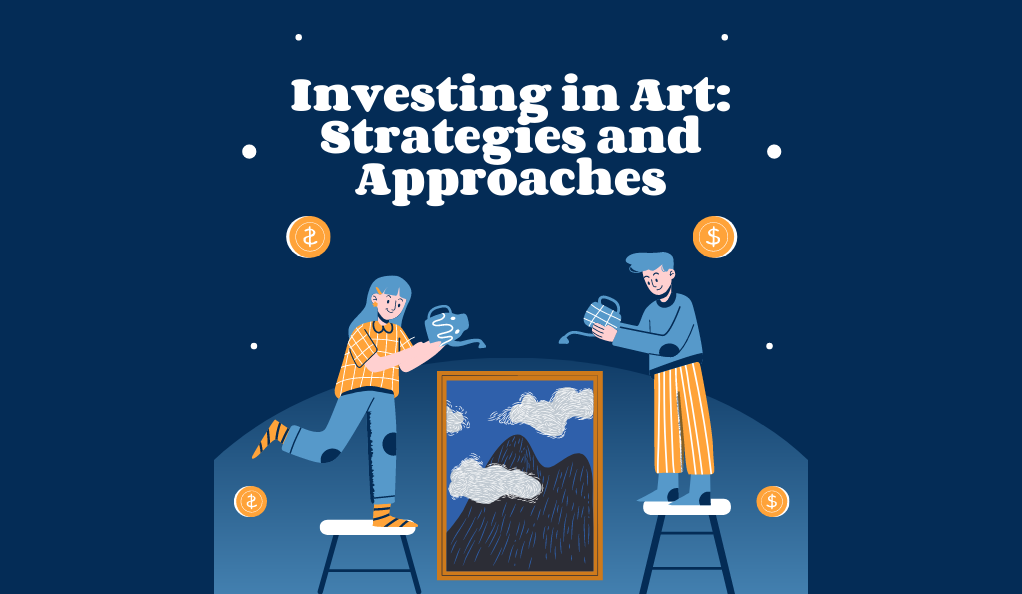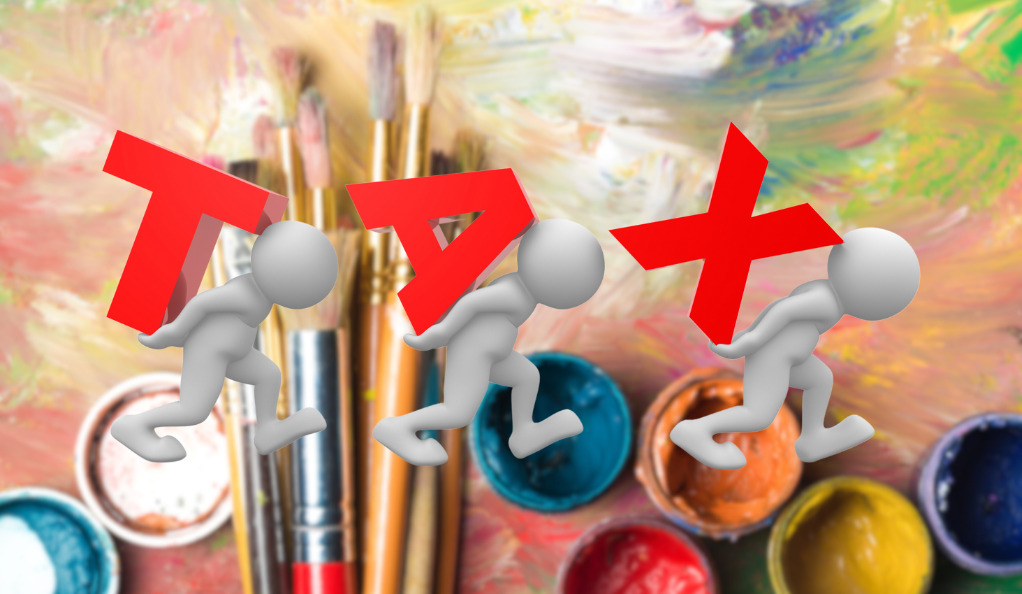Art as an Asset: The Financial Potential of Collectibles
In today’s rapidly evolving financial landscape, investors are constantly seeking new avenues to diversify their portfolios and generate solid returns. One such avenue that has been gaining considerable attention is the world of collectibles, where art shines as a unique asset class with remarkable financial potential. In this article, we’ll explore how art can serve as an asset, examining its historical significance, its appeal in the modern investment landscape, and the key considerations for investors looking to capitalize on its financial benefits.
Art has transcended its role as mere aesthetics and cultural expression to emerge as a viable and potentially lucrative investment option. With the art market experiencing substantial growth and evolution, collectors and investors are recognizing the dual benefits of aesthetic appreciation and financial gains.
The Historical Significance of Art as an Asset

Throughout history, art has retained its value through various societal shifts. From ancient civilizations to Renaissance Europe and the contemporary world, valuable artworks have been passed down through generations, accumulating worth and cultural significance.
The Modern Art Investment Landscape
In today’s investment landscape, art offers diversification beyond conventional assets like stocks and bonds. The emotional and cultural value associated with artworks provides a unique edge, appealing to both seasoned investors and newcomers to the art scene.
Factors Influencing the Financial Potential of Art
The financial success of an art investment hinges on multiple factors. The reputation of the artist, demand in the market, scarcity of the artwork, and broader art market trends all play pivotal roles in determining value.
Investing in Art: Strategies and Approaches

Investors can approach art investment in various ways. Direct ownership of artwork allows for tangible appreciation, while art investment funds and exchanges provide a more liquid and diversified avenue.
Risks and Challenges in Art Investment
As with any investment, art comes with its share of risks. Illiquidity and market volatility can hinder quick returns, while issues of authentication and provenance might cast doubt on an artwork’s legitimacy.
Art Valuation: Balancing Subjectivity and Objectivity
Valuing art is a delicate blend of subjective interpretation and objective assessment. Expert opinions, market trends, and the uniqueness of the artwork all contribute to its valuation.
Tax Implications and Art Investment

Understanding the tax implications of art investment is crucial. Different jurisdictions treat art investment differently, and being aware of potential tax benefits or liabilities is essential for maximizing returns.
The Role of Technology in the Art Investment Space
Technology has revolutionized the art investment landscape. Online platforms, blockchain, and digital authentication have increased transparency and accessibility, making it easier for a wider range of investors to participate.
Guidance for Aspiring Art Investors
For those interested in entering the art investment arena, conducting thorough research is paramount. Understanding art history, market trends, and seeking advice from experts can help make informed investment decisions.
Conclusion
Art has seamlessly transitioned from the realm of creativity and culture to that of finance and investment. With a storied history and a promising future, art presents an alluring opportunity for investors looking to diversify their portfolios and embrace the beauty of potential returns.
FAQs
Art investment can be suitable for various investors, but it’s important to understand the risks and conduct thorough research before diving in.
While art investment can yield substantial returns, it’s subject to market trends and demand, which can impact the consistency of financial gains.
Authenticity can be verified through provenance research, expert opinions, and the use of blockchain technology for secure transactions.
Tax advantages vary depending on your location and the specific regulations of the jurisdiction you operate in.
Art investment can be both short-term and long-term, depending on your investment goals and market conditions. It’s important to have a clear strategy in mind.
